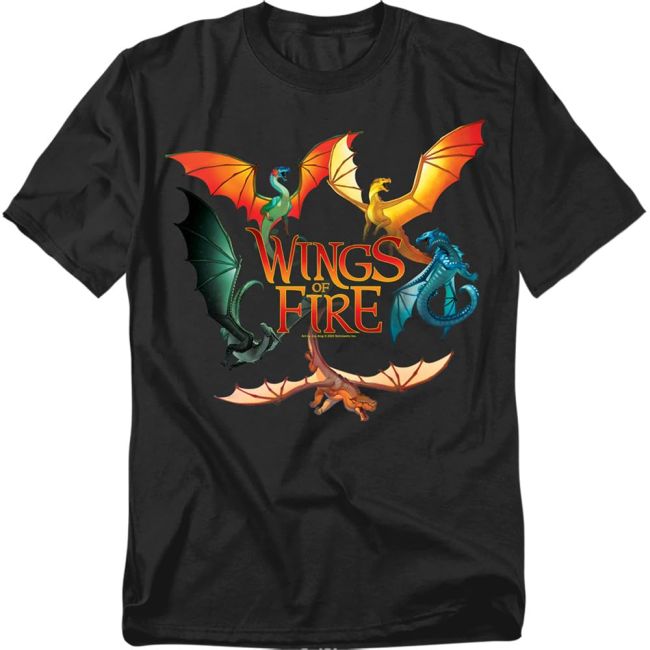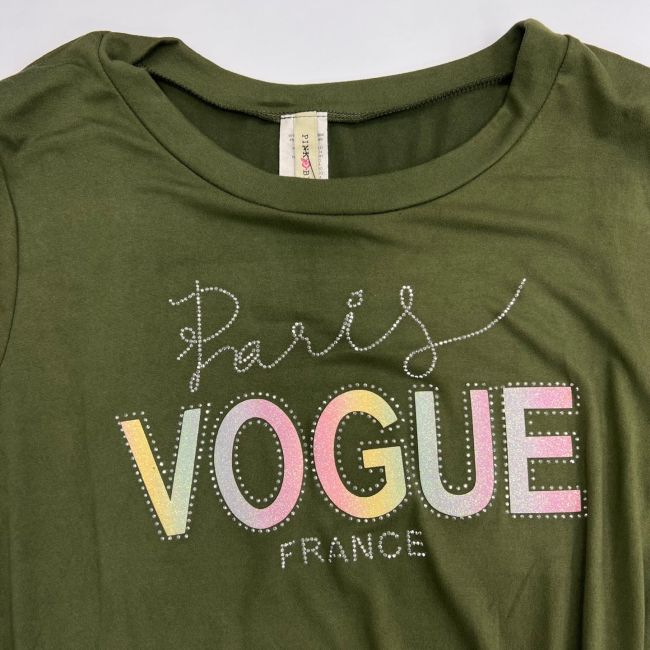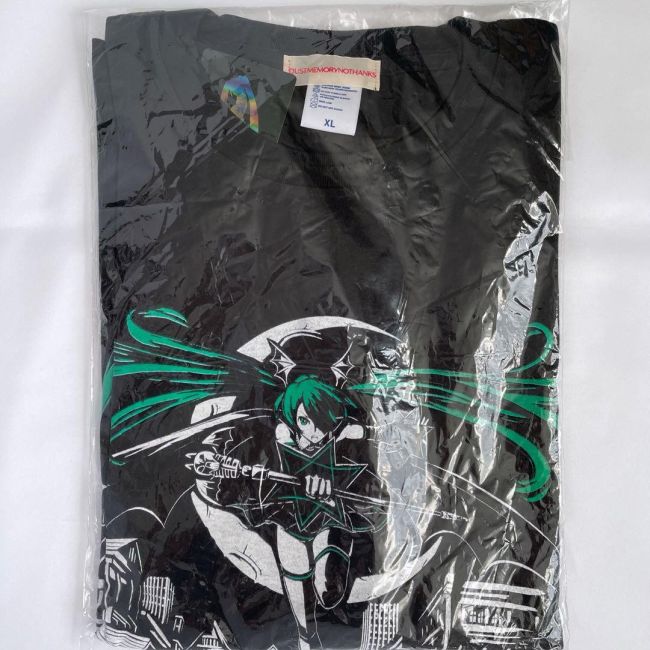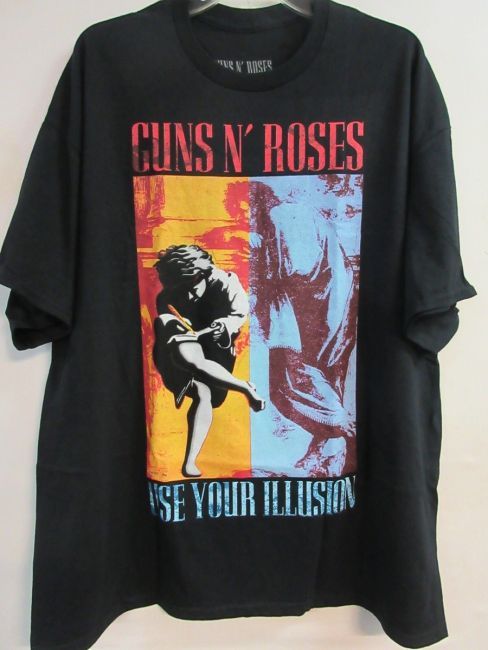Overview
PVC sleeve vinyl, also known as polyvinyl chloride, is a popular synthetic plastic polymer that is extensively used in various industries and applications. PVC is created by polymerizing vinyl chloride monomers, resulting in a versatile material that boasts a wide range of attributes. This type of vinyl is commonly employed in the creation of sleeves due to its unique properties and benefits.
Key Aspects and Benefits
– Durability: PVC sleeve vinyl is highly durable and long-lasting, making it ideal for applications that require resilience against wear and tear.
– Flexibility: One of the most remarkable characteristics of PVC is its flexibility, allowing it to be easily molded into different shapes and sizes according to specific requirements.
– Chemical resistance: PVC is highly resistant to many chemicals, making it a preferred choice in industries where exposure to corrosive substances is common.
– Weather resistance: PVC sleeve vinyl can withstand extreme weather conditions, including heat, cold, and UV radiation, without deteriorating or losing its structural integrity.
– Cost-effective: PVC is an affordable material compared to other alternatives, making it an economically advantageous choice for manufacturers and businesses.
– Fire resistance: Some variants of PVC have excellent flame-retardant properties, providing enhanced safety and protection against fire hazards.
– Insulation properties: PVC sleeve vinyl exhibits good electrical insulation properties, suitable for applications in the electrical and electronics sectors.
– Low maintenance: PVC requires minimal maintenance and is easy to clean, reducing the overall hassle and costs associated with upkeep.
Challenges
– Environmental concerns: The production and disposal of PVC can have negative environmental impacts, primarily due to the release of harmful chemicals such as dioxins during manufacturing and incineration. Proper recycling and waste management are crucial to mitigate these issues.
– Health risks: There have been concerns about the potential health hazards related to PVC, especially when it comes to products containing phthalates, which are chemical additives used to soften the plastic. However, strict regulations and advancements in manufacturing processes have significantly reduced the use of harmful additives in PVC products.
Connection to Larger Trends and Issues
PVC sleeve vinyl aligns with the growing global demand for sustainable materials and eco-friendly practices. Manufacturers are increasingly adopting PVC alternatives or exploring safer production methods to minimize the environmental impact. Additionally, the ongoing research and development in the field of PVC aim to address the health risks associated with certain additives, ensuring the safety of consumers and workers.
Practical Advice for Effective Use of PVC Sleeve Vinyl
1. Proper Installation Techniques
– Measure twice, cut once: Before installing PVC sleeve vinyl, ensure accurate measurements of the object to be covered. Double-check the dimensions to avoid any wastage or ill-fitting covers.
– Use a heat gun: To achieve a snug fit, use a heat gun to warm the PVC sleeve vinyl before sliding it onto the object. The heat will make the material more pliable and easier to manipulate.
– Secure with adhesive or heat sealing: For added durability, consider using adhesive or heat sealing to secure the ends of the PVC sleeve vinyl. This will prevent it from unraveling or slipping off over time.
2. Customization and Branding
– Explore custom printing options: PVC sleeve vinyl can be customized with your logo, artwork, or product information. Research printing techniques such as screen printing or digital printing to create personalized covers that promote your brand.
– Color coding for organization: Use different colors of PVC sleeve vinyl to differentiate between various objects or groups. This can aid in organization and save time when locating specific items or products.
3. Protecting and Preserving Objects
– UV or heat resistance: When choosing PVC sleeve vinyl, consider its resistance to UV rays or extreme temperatures, especially if you plan to protect outdoor or heat-sensitive items. Opt for UV-resistant or heat-resistant varieties to ensure long-term preservation.
– Moisture and dust-proofing: PVC sleeve vinyl can also act as a barrier against moisture and dust. Utilize this feature to safeguard sensitive equipment or keep collectibles in pristine condition.
4. Practical Applications
– Vinyl covers for documents: Utilize PVC sleeve vinyl to protect important documents, such as manuals, permits, or certificates, from wear and tear. This will keep them clean, easily readable, and accessible for a longer period.
– Packaging solution: PVC sleeve vinyl can be an excellent packaging option for fragile or delicate items. It provides a clear protective layer that allows customers to inspect the product while ensuring its safety during transit.
By implementing these best practices, you can enhance your experience with PVC sleeve vinyl and solve common problems associated with object protection, organization, and branding. Follow these tips to effectively utilize PVC sleeve vinyl for your specific needs and enjoy the benefits it offers in terms of durability, customization, and preservation.









